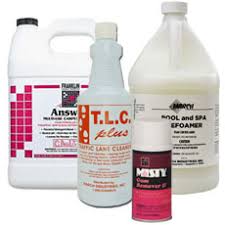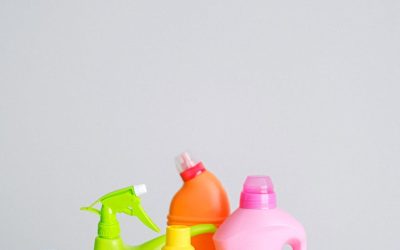Running a successful cleaning business requires more than just skilled labor and effective marketing. One of the key elements of ensuring smooth operations is maintaining a well-organized cleaning supplies inventory. Without an efficient system to track your cleaning products, you risk running out of essential supplies at critical moments or overspending on items you already have.
At Kejani Cleaning Services, we provide a wide variety of cleaning supplies that help you keep your inventory fully stocked. Here’s how to create a robust cleaning supplies inventory for your business.
1. Assess Your Cleaning Supply Needs
The first step in creating a cleaning supplies inventory is assessing the specific needs of your business. Each business is different, so it’s essential to know what types of cleaning tasks your team performs and the equipment and supplies required. For instance, an office cleaning business might need a steady supply of surface cleaners and trash bags, while a janitorial service focusing on hospitals may require stronger disinfectants and mops designed for heavy use.
2. Categorize Your Supplies
To stay organized, categorize your cleaning supplies based on their purpose and use. Common categories for a cleaning business might include:
- Disinfectants: For sanitizing surfaces and ensuring hygiene.
- Floor care: Including brooms, mops, and floor cleaners.
- General cleaning: Surface cleaners, microfiber cloths, and sponges.
- Specialty supplies: Carpet cleaners and window washing equipment.
- Waste management: Trash bags, bins, and liners.
By creating clear categories, you’ll find it easier to track and restock items, ensuring no essential supply runs out unexpectedly.
3. Keep Track of Inventory Levels
It’s crucial to maintain a detailed record of all your cleaning supplies and their quantities. Implement a system to track when you receive new stock and when items are used. This can be done using inventory management software, or a more manual approach using spreadsheets. Be sure to log each product, its usage rate, and when it’s time to reorder.
For example, if you regularly use mops and buckets for floor cleaning, you should track how many are used daily and when they need replacement or cleaning.
4. Determine Reorder Points
Reorder points are crucial in maintaining an efficient cleaning supplies inventory. Based on usage rates, you should set thresholds that indicate when to reorder supplies before they run out. For instance, if you use disinfectants daily and know they last for a month, set a reorder point when the stock reaches the two-week mark.
This system prevents emergency situations where you might run out of essential supplies during cleaning tasks.
5. Conduct Regular Audits
Regular inventory audits ensure that your records match actual stock levels. This involves physically counting your supplies and comparing the numbers with your inventory logs. Regular audits help detect any discrepancies, such as overuse, wastage, or theft, ensuring your supply levels are accurate.
During audits, it’s essential to check the condition of supplies as well. For example, make sure mops, sponges, and brushes are in good condition and replace those that are worn out.
6. Prioritize Bulk Buying
One effective way to manage your cleaning inventory is by buying in bulk. Purchasing large quantities of cleaning chemicals, mops, and other essentials reduces overall costs and ensures that you always have sufficient stock. Plus, bulk buying minimizes the frequency of ordering, which helps to save time and effort.
At Kejani Cleaning Services, we offer bulk buying options for many of our cleaning supplies, allowing businesses to manage their inventory efficiently and cost-effectively.
7. Use Inventory Management Software
To streamline the inventory management process, consider using inventory management software. These tools allow you to automate stock tracking, set reorder points, and receive notifications when supplies are running low. This eliminates the guesswork and reduces the risk of stock shortages or overstocking.
Many cleaning businesses opt for software solutions that integrate with their accounting and ordering systems to simplify supply management further.
8. Train Your Team on Proper Usage
Proper usage and handling of cleaning supplies are key to maintaining inventory levels. Overuse or misuse of products can lead to wastage, driving up costs. Ensure your cleaning staff is trained on how to use supplies efficiently. For example, using the correct amount of disinfectant or diluting cleaning chemicals appropriately helps extend their lifespan.
Conclusion
Maintaining a cleaning supplies inventory is essential for running a smooth, efficient cleaning business. By categorizing your supplies, tracking usage, and setting reorder points, you can ensure that your team is always equipped to handle their tasks. Whether you’re running a small cleaning service or managing a large team, a well-organized inventory can make all the difference in cost control and operational efficiency.
Explore our cleaning supplies collection at Kejani Cleaning Services and stock up on essential products for your business today.





0 Comments